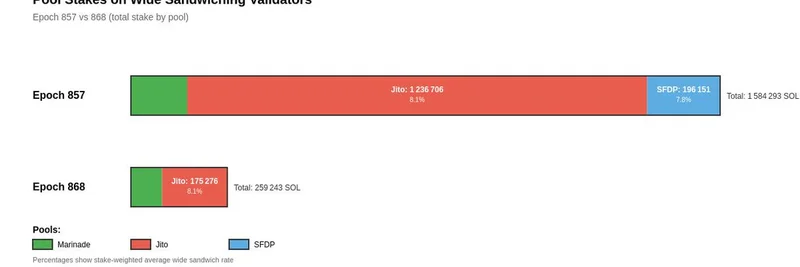Hey there, tech enthusiasts and blockchain practitioners! If you’ve been keeping an eye on the latest developments in programming and code analysis, you might have stumbled across a thought-provoking question on X posted by @_hrkrshnn on July 4, 2025: Is Tree-Sitter the closest thing to a universal AST? This query has sparked some interesting discussions, and today, we’re diving into what it means, especially for those of us in the meme token and blockchain space at Meme Insider.
What’s an AST, Anyway?
Let’s start with the basics. An Abstract Syntax Tree (AST) is like a family tree for your code. It breaks down the structure of a program into a neat, hierarchical format that computers can easily analyze or transform. Think of it as a blueprint that helps developers debug, optimize, or even translate code from one language to another. A "universal AST" would be a dream tool—something that works across all programming languages seamlessly.
Enter Tree-Sitter: The Contender
So, what’s Tree-Sitter? It’s an open-source parsing library designed to create fast, accurate ASTs for almost any programming language. Developed with a focus on incremental parsing (which means it updates the tree as you type), Tree-Sitter is gaining traction in tools like Neovim and GitHub’s code navigation features. The idea behind @_hrkrshnn’s question is whether Tree-Sitter could be the one-size-fits-all solution we’ve been looking for.
The X post got some quick reactions. @life_oftheghost chimed in with a cautious "Probably, at least for syntax," while @Jvstheman was more skeptical with a simple "No actually" and a confused "???"—showing that this topic is up for debate!
Why Tree-Sitter Stands Out
Tree-Sitter’s appeal lies in its flexibility. It supports a wide range of languages, from Python to Rust, and even niche ones like Markdown. According to blog.jez.io, it’s been around since 2013 but feels fresh due to its adoption in modern dev tools. GitHub uses it for semantic code navigation, which pops up those handy tooltips when you hover over code. For blockchain devs working on smart contracts or meme token projects, this could mean faster auditing and bug detection—crucial in a space where security is king.
But is it truly "universal"? Not quite yet. While Tree-Sitter handles syntax well, some argue it’s not perfect for every use case. For instance, Reddit discussions suggest that for complex tasks like a Markdown LSP (Language Server Protocol), its parser might lag, especially with large files. A custom parser might still be needed for specific needs, like analyzing 2500+ linked Markdown files.
The Blockchain Connection
Why should meme token enthusiasts care? Well, as blockchain projects grow, so does the need for robust code analysis. Smart contracts powering tokens like Dogecoin or Shiba Inu rely on precise parsing to catch vulnerabilities. If Tree-Sitter can evolve into a universal AST, it could streamline how we build and secure these decentralized systems. Imagine auditing a meme token’s code in real-time—Tree-Sitter could make that a reality!
The Debate Continues
The X thread didn’t dive deep into data, but it opened the door to exploration. Some devs suggest Tree-Sitter’s declarative nature limits flexibility compared to custom parsers, as noted on blog.jez.io. Others point to its speed—parallelized Tree-Sitter queries can drop processing time from 2.3 seconds to 200-300ms, per a Reddit user’s experiment. This speed could be a game-changer for blockchain tools needing quick iterations.
What’s Next?
@_hrkrshnn’s question is more than just curiosity—it’s a peek into the future of coding tools. While Tree-Sitter isn’t the ultimate universal AST yet, its potential is undeniable. For blockchain practitioners at Meme Insider, keeping an eye on this tech could give you an edge in building safer, smarter meme tokens.
What do you think? Is Tree-Sitter the future, or are we still waiting for the perfect universal AST? Drop your thoughts in the comments, and stay tuned for more tech deep dives here at Meme Insider!



